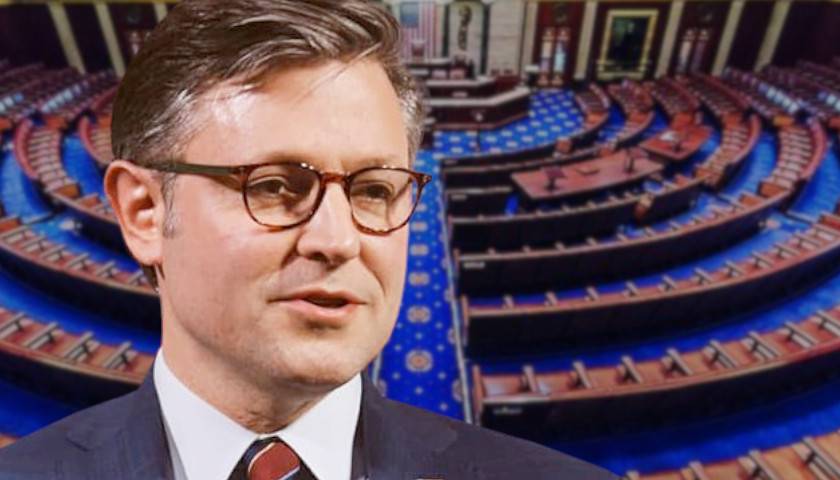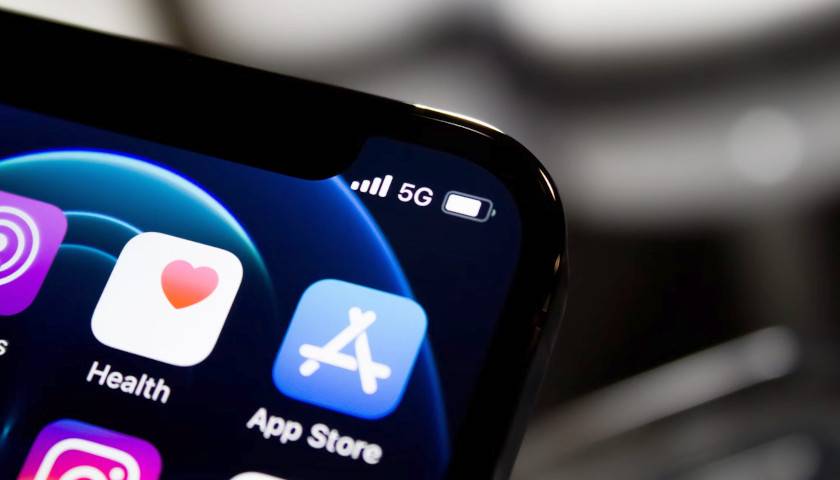by Ellie Gardey
A&E Network’s cancellation of its popular police show “Live PD” has backfired, big time.
Average prime-time viewership for the channel has declined by 49 percent year over year since the show’s cancellation, according to the Wall Street Journal. Prior to the show’s cancellation June 10, viewership for the channel in 2020 had been up 4 percent over 2019.
The show, which aired live footage of police officers across the country, was canceled by A&E when advocates of the Black Lives Matter movement claimed that shows about police “glorify” police departments and police violence.
Just prior to the show’s cancellation, South Carolina House Democrat Leader Todd Rutherford said of the show: “The glorification of the demonization of African-Americans at the hands of law enforcement needs to stop and a large part of that is what goes on on ‘Live PD.’ ”
The creators of “Live PD” had always insisted their goal was to bring transparency to police departments by airing unedited footage of policing.
“Our only goal is to document policing across America,” said the show’s creator and executive producer, Dan Cesareo, in January 2019. “We are very much neutral in terms of what we’re showing.”
Cesareo argued the unedited nature of “Live PD” made the show different from “Cops,” which he claimed showed “salacious” violence.
When “Live PD” was canceled, the show’s host, Dan Abrams, mourned the loss of the transparency the show brought to police interactions with communities.
“I had thought that we can both support the important protests and calls for change that are going on around this country,” Abrams said in an interview with Fox News, “and say that ‘Live PD’ and transparency amongst police officers and police departments can and should be a part of that.”
Abrams described “Live PD” as “putting a lens on the day-to-day work that police officers do.” That’s an accurate description, as the show did not edit out the mundane interactions that characterize the majority of policing, but made them the show’s focus in order to tell the real story of police officers.
“Live PD” showed interactions like a police officer talking to a man taking a Shetland pony on a walk, police officers assisting a woman who could not get up from the ground of a parking lot, and an officer counseling a boyfriend and girlfriend through a dispute. (The officer said to the man, “Just maybe say, ‘Hey baby I love you, come home with me.’”)
The show also revealed the hostility and uncertainty officers face every day by filming people who resisted arrest and people who were extremely combative towards the officers.
After the cancellation of “Live PD,” the show’s fans called for a boycott of A&E on social media. It was not just the boycott that harmed the network’s viewership, however, but also the fact that “Live PD,” which began airing in October 2016, was its most popular show. Some weeks, the show even took up 85 percent of A&E’s timeslots.
When A&E canceled “Live PD,” the network said, “This is a critical time in our nation’s history and we have made the decision to cease production on ‘Live PD.’ Going forward, we will determine if there is a clear pathway to tell the stories of both the community and the police officers whose role it is to serve them. And with that, we will be meeting with community and civil-rights leaders as well as police departments.”
When it became clear that the cancellation of “Live PD” had decimated A&E’s viewership, the network brushed off the downturn, calling it just a “temporary hit in the ratings.”
A&E’s decision to forfeit half of its viewers and huge portions of its revenue shows how powerful hostility towards police has become, driving us to lose an innovative means of understanding how police operate in our communities.
– – –
Ellie Gardey is a senior at the University of Notre Dame and an intern at The American Spectator through the Intercollegiate Studies Institute’s Collegiate Network.
On-screen Image “Live PD” by Live PD.




